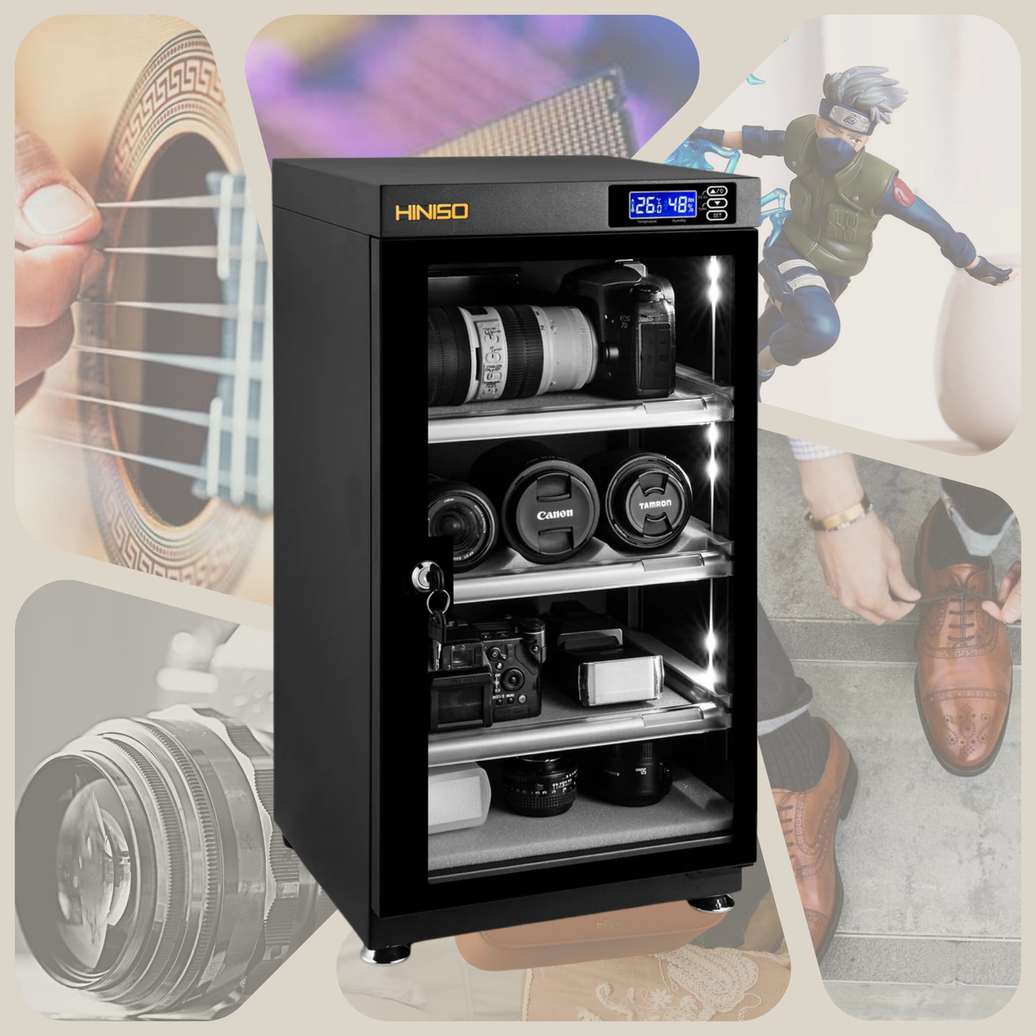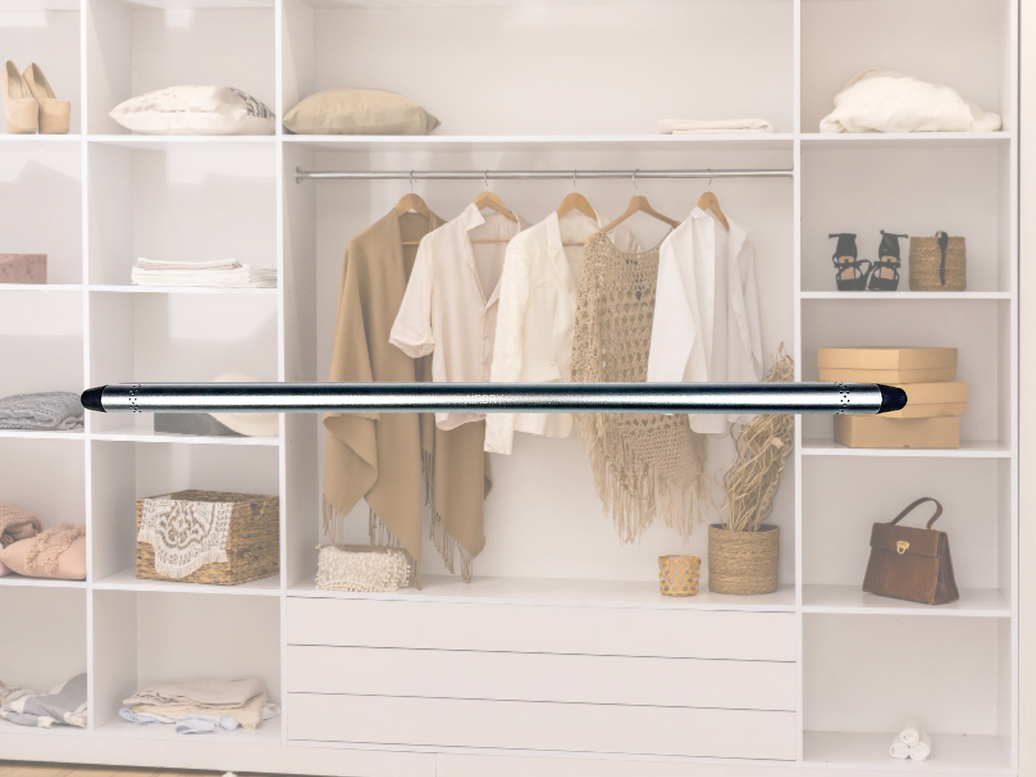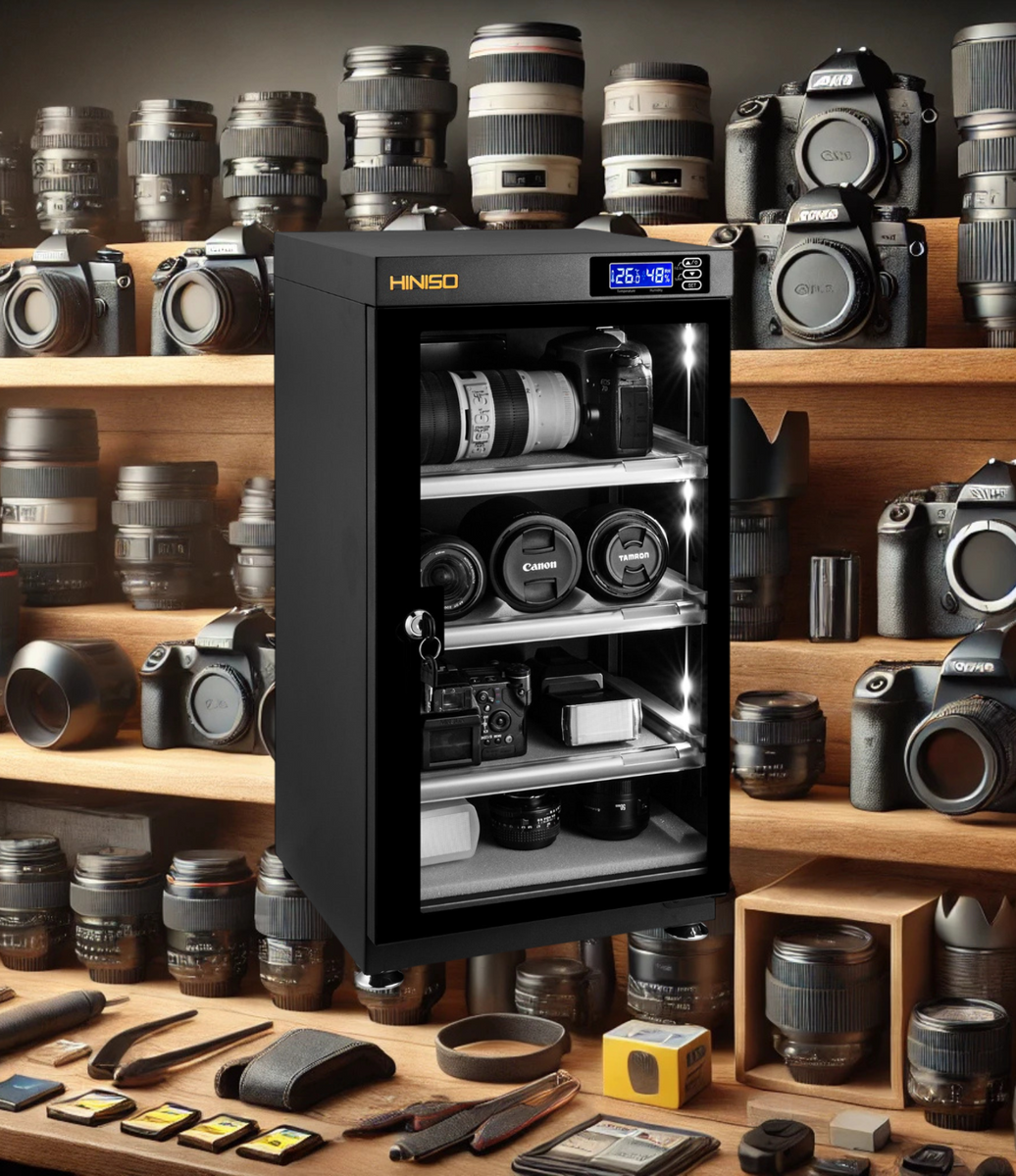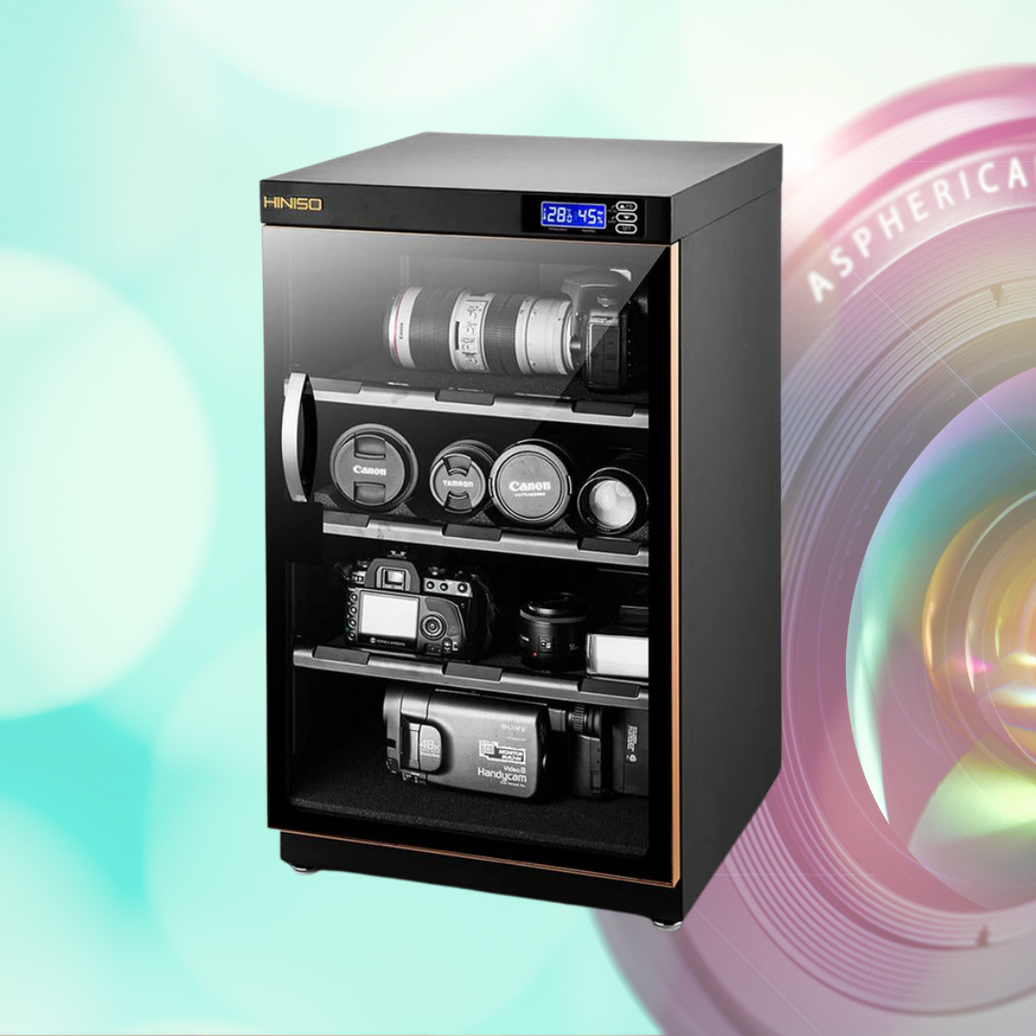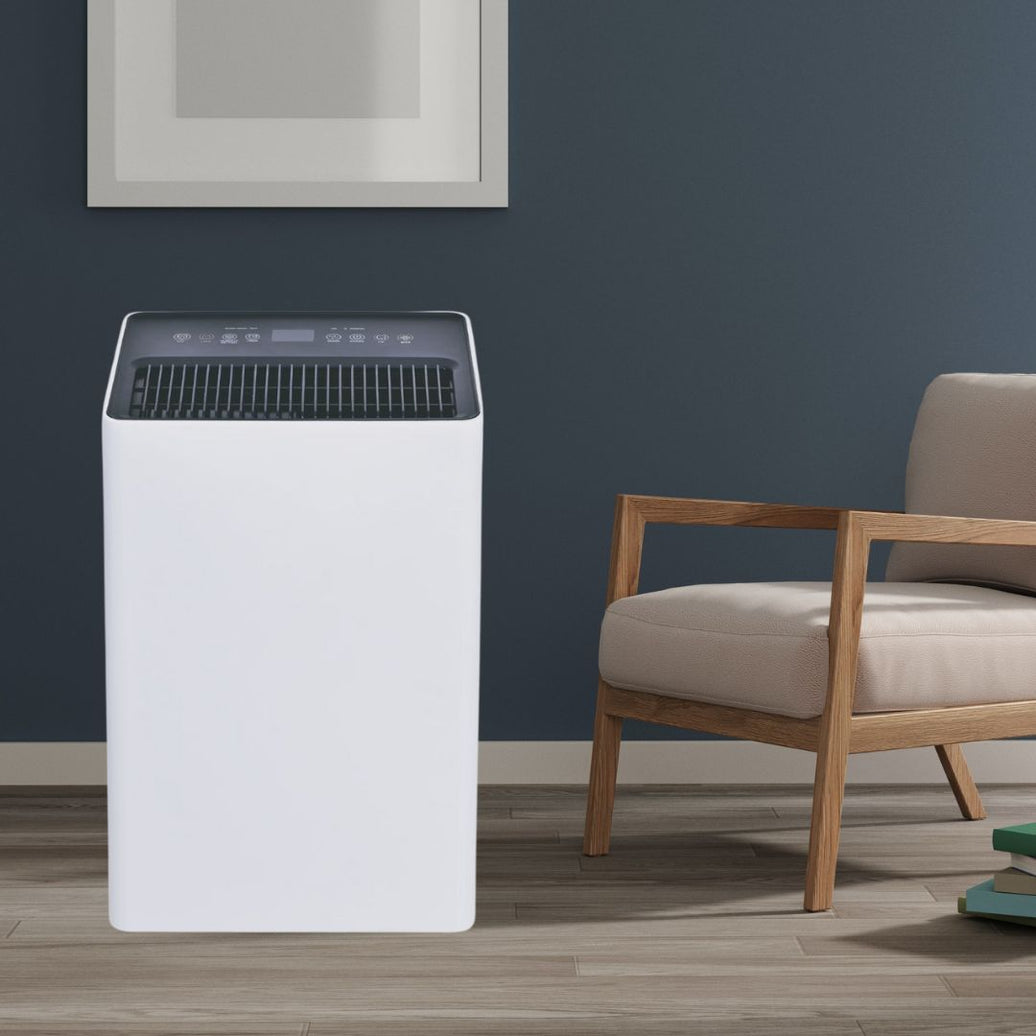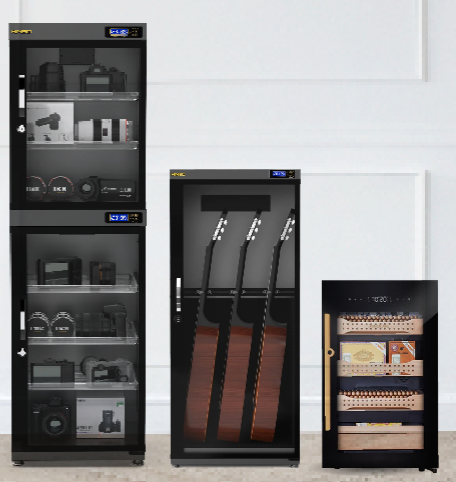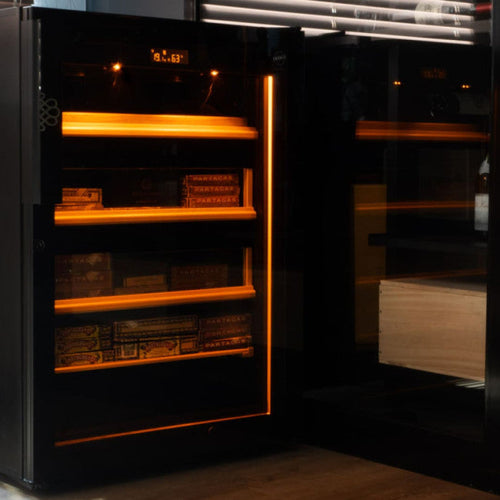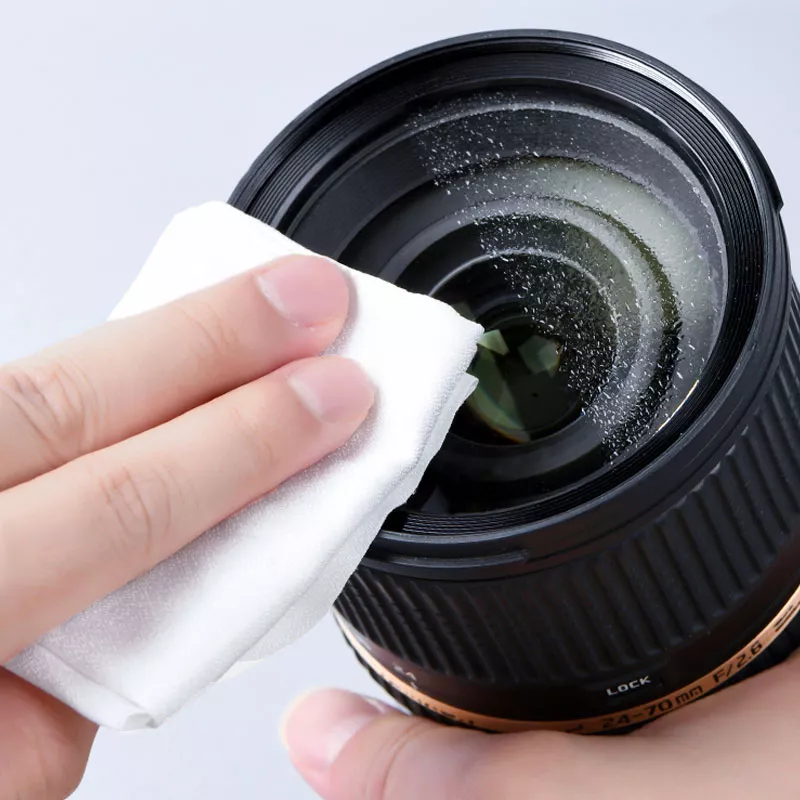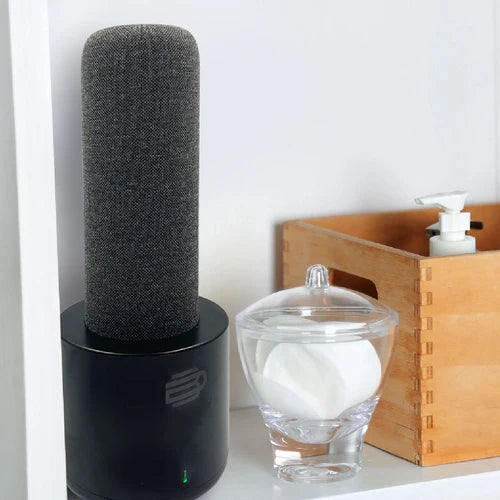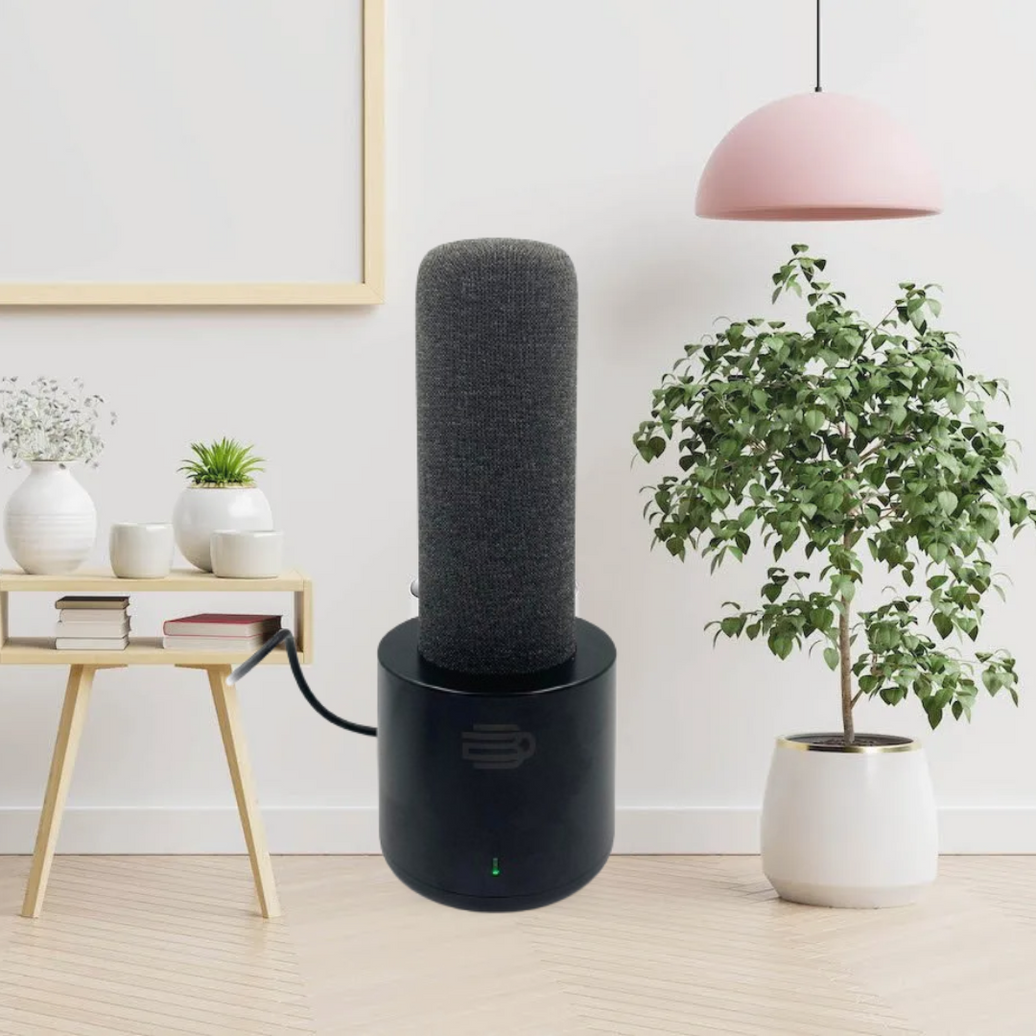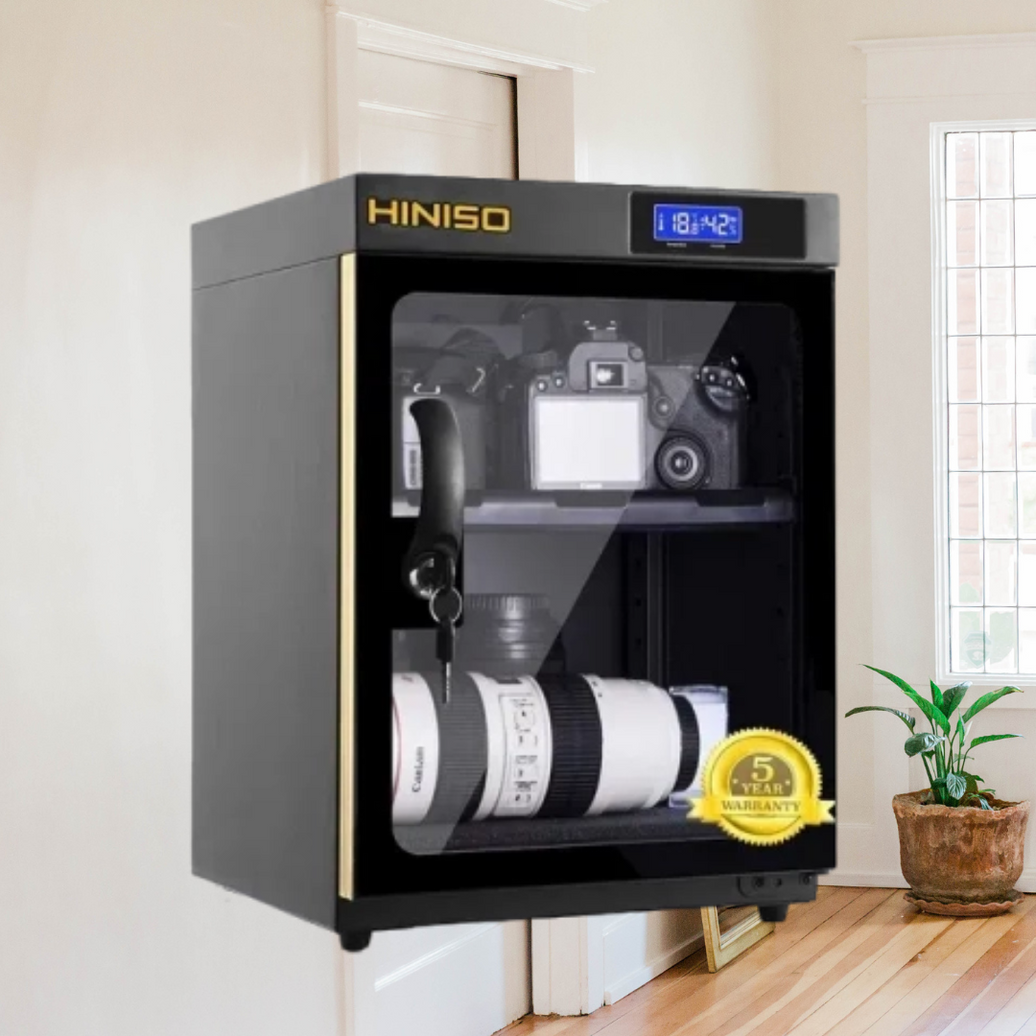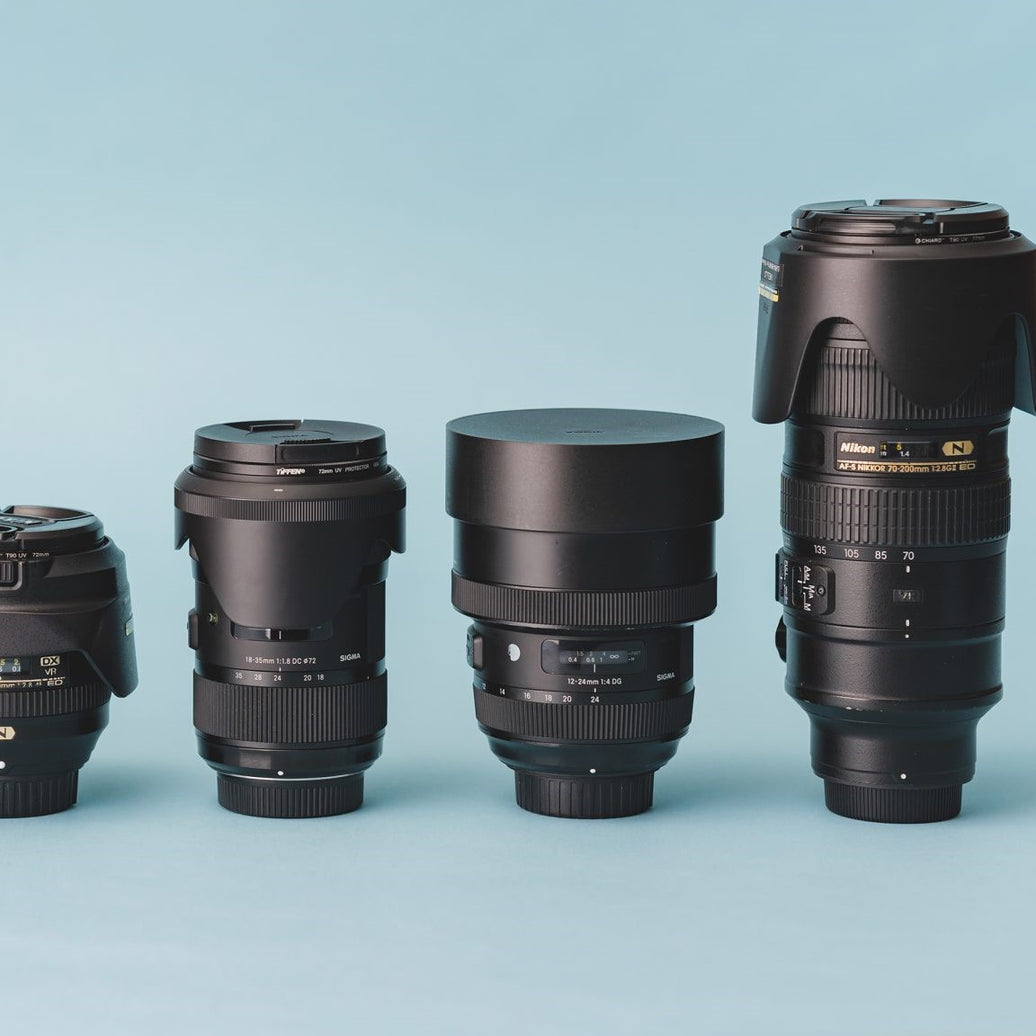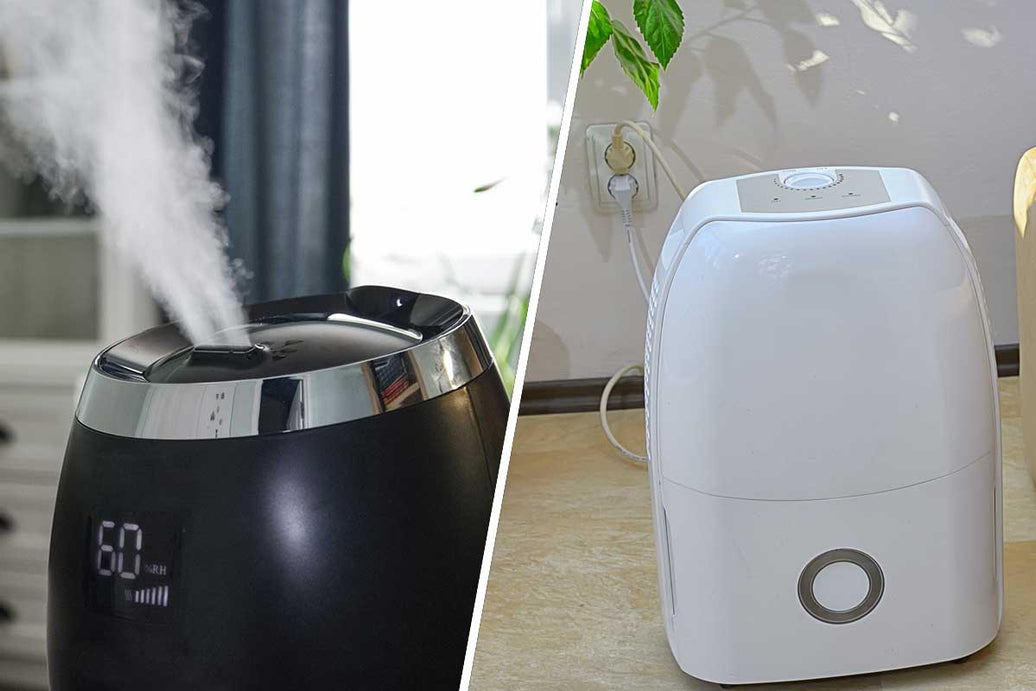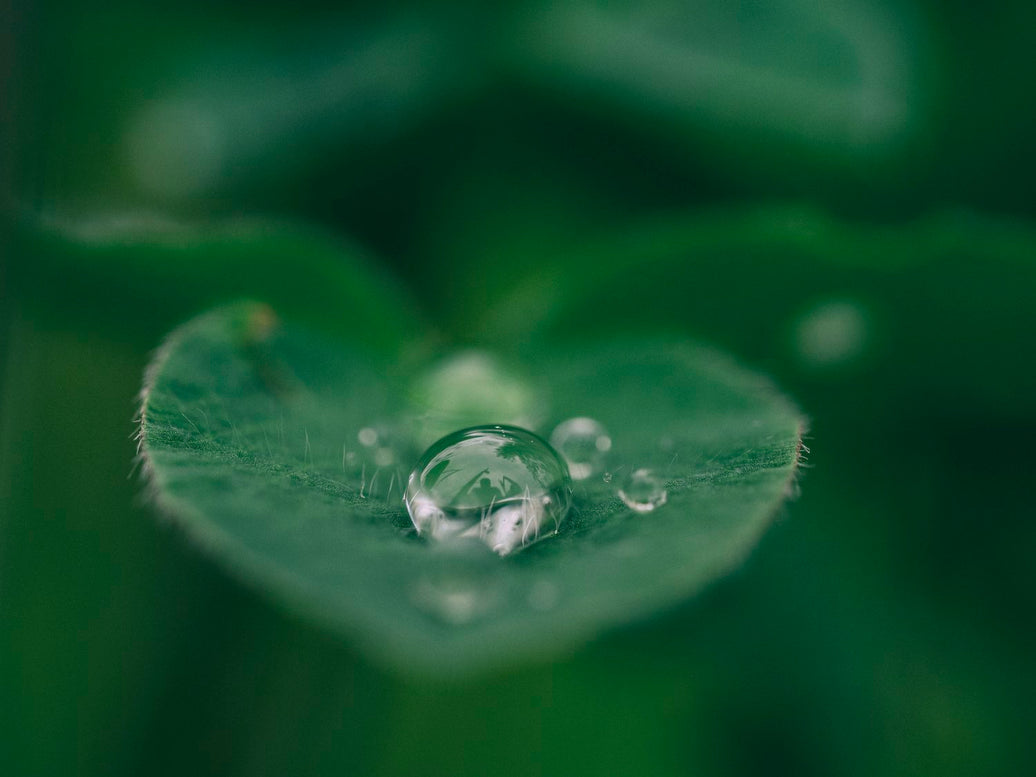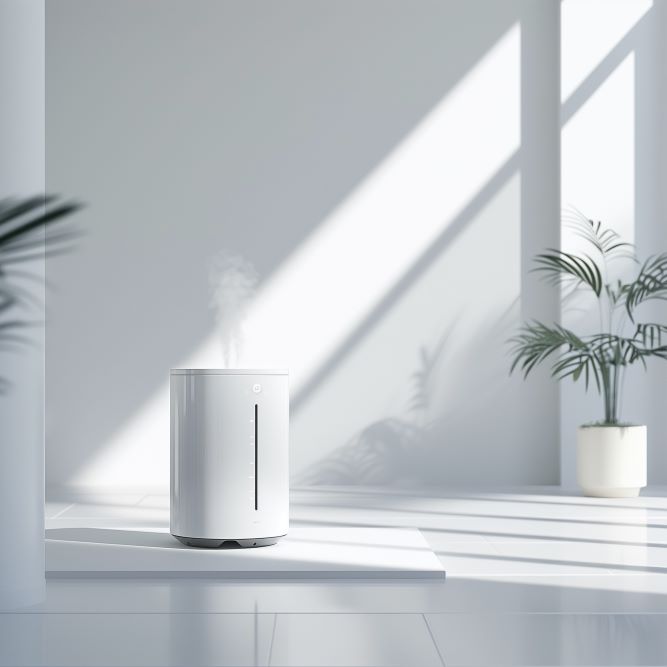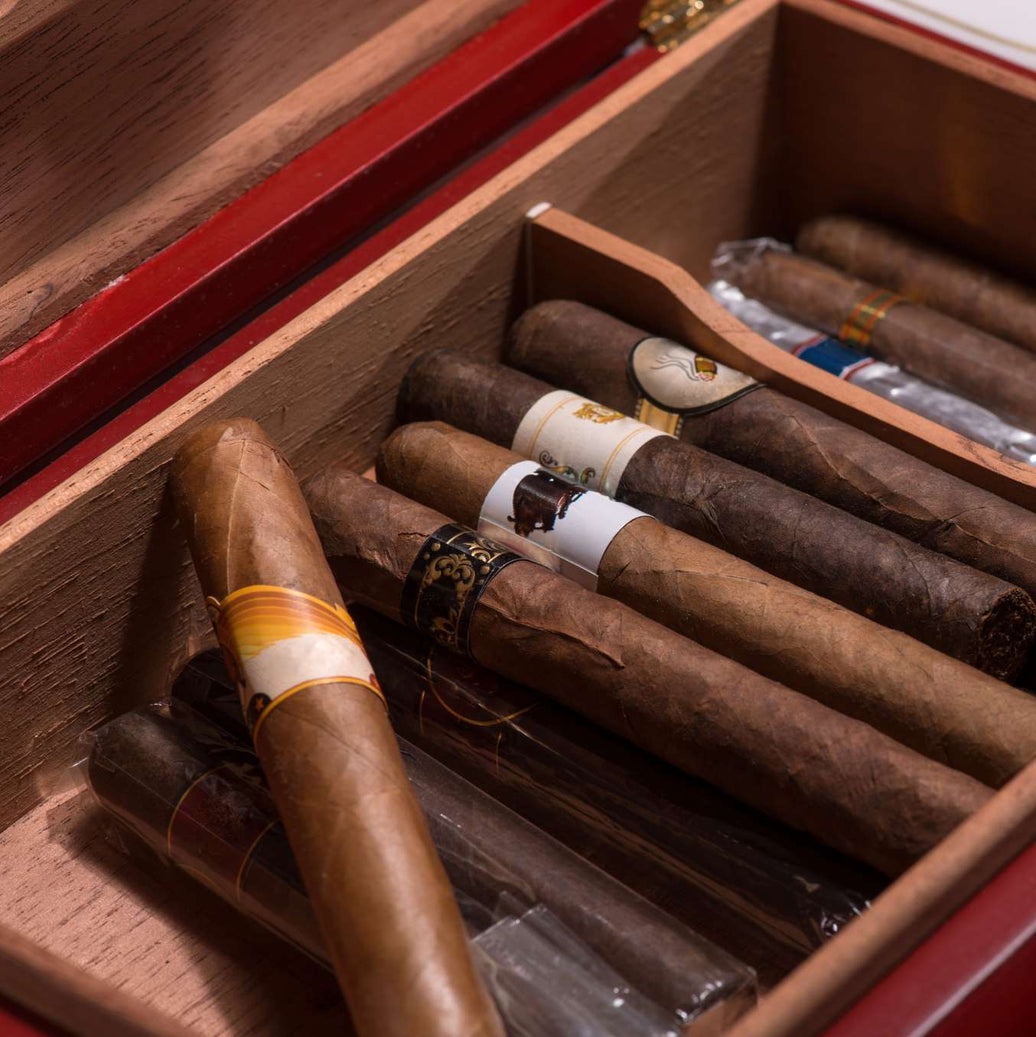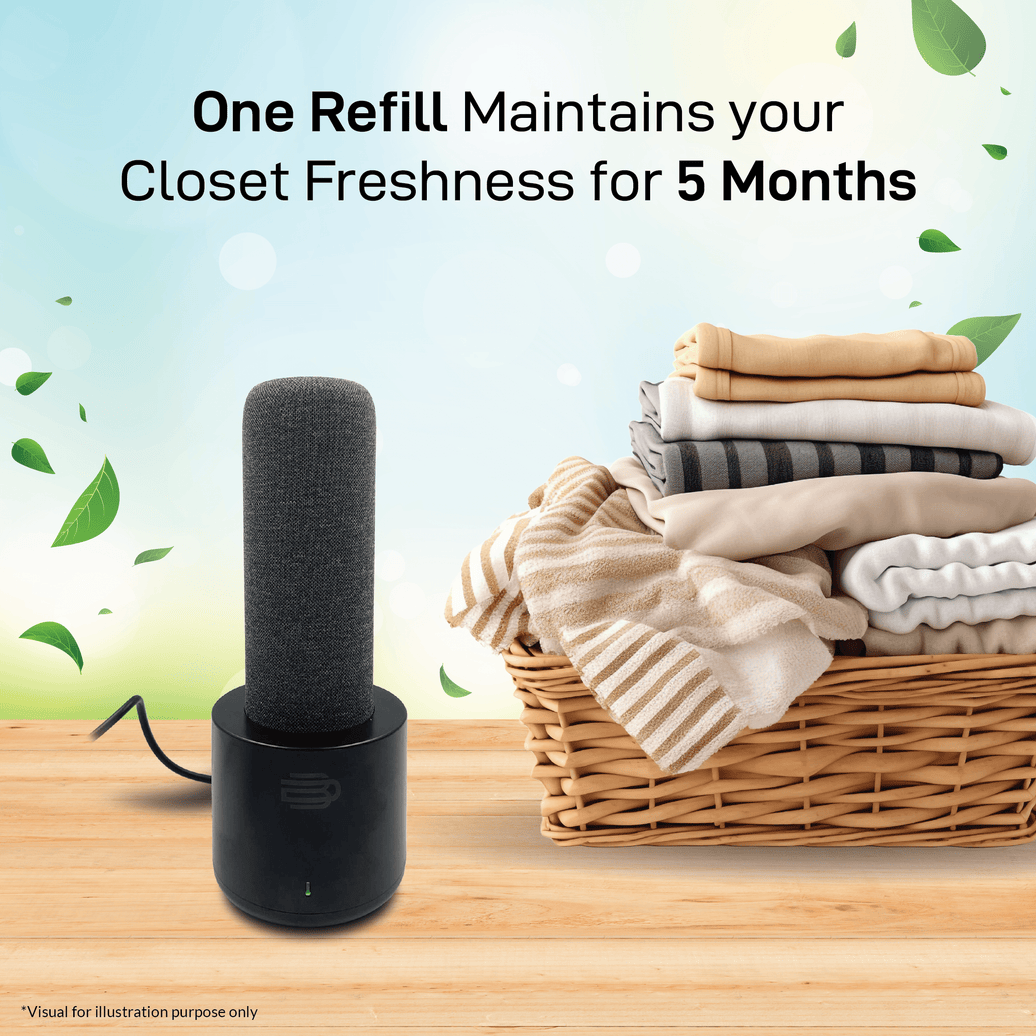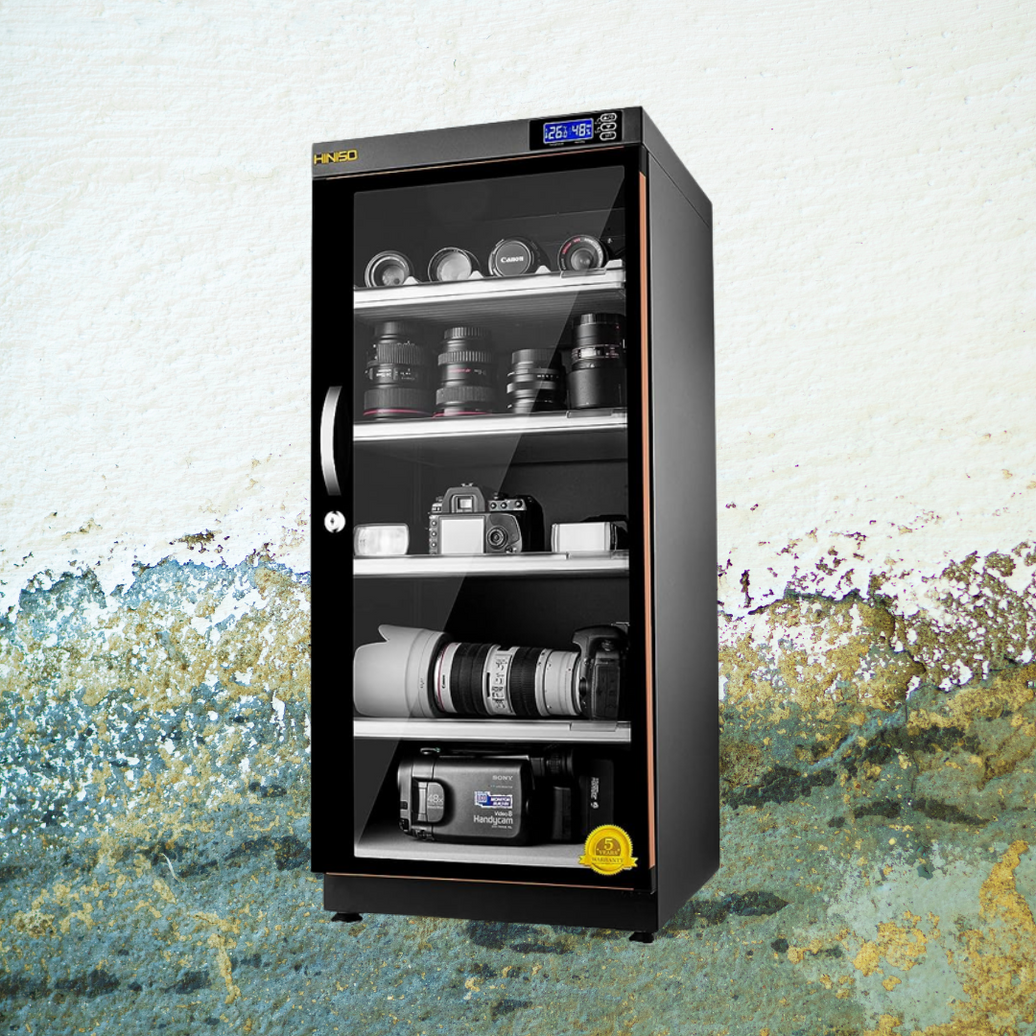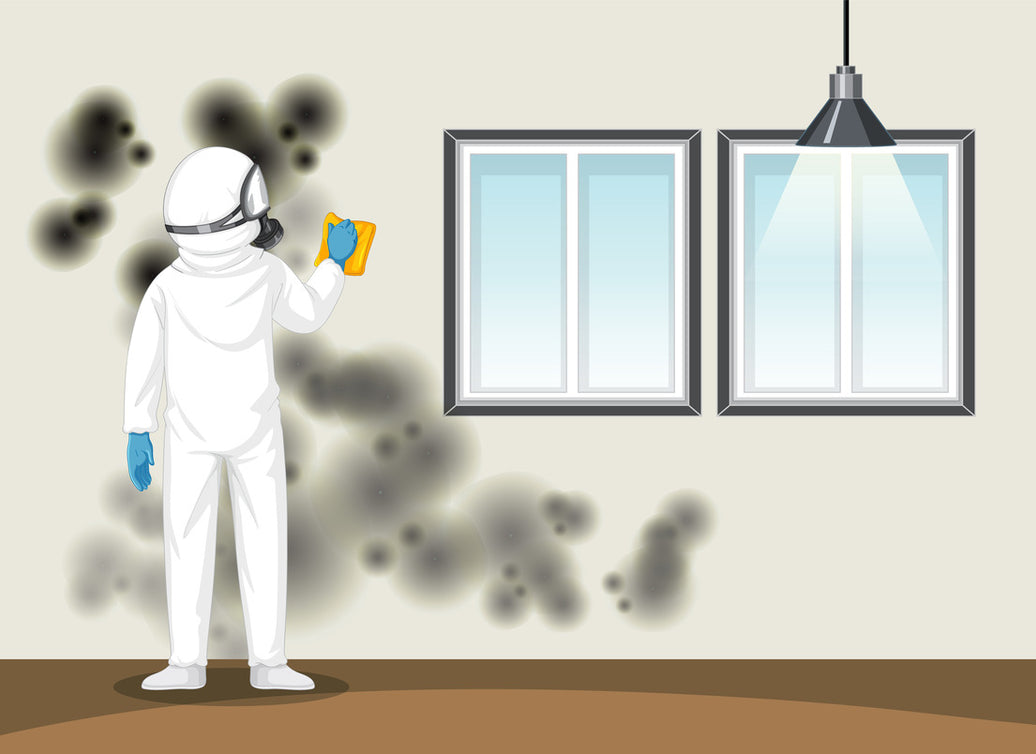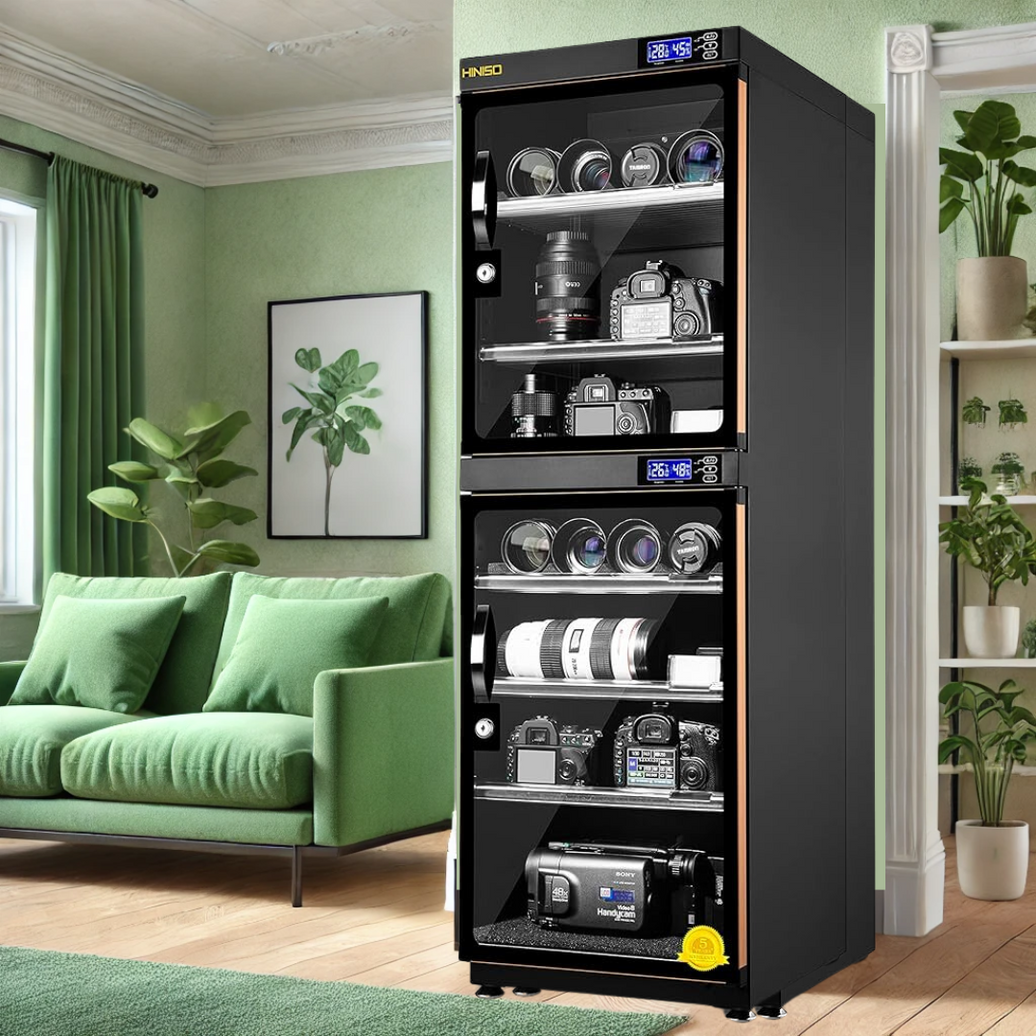Introduction
Proper seed storage is critical for maintaining seed viability, preventing degradation, and ensuring successful germination. This article provides a comprehensive guide on the optimal conditions necessary for long-term seed storage, highlighting the advantages of using dry cabinets to achieve and maintain these conditions.
Optimal Temperature for Seed Storage
Temperature control is paramount for extending the lifespan of stored seeds. The ideal storage temperature for most seeds is between 5°C and 10°C. Consistently low temperatures help reduce the metabolic rates of the seeds, thus slowing down the aging process and preserving their germination capacity. Dry cabinets equipped with temperature control are highly recommended as they can maintain this optimal range, regardless of external temperature fluctuations.
Ideal Humidity Levels
Humidity is another critical factor in seed storage. Seeds stored at high humidity levels are susceptible to fungal infections and may begin germinating prematurely. Conversely, extremely low humidity can dry out the seeds, reducing their viability. The optimal relative humidity (RH) for seed storage is between 15% and 20%. Specialized dry cabinets designed for seed storage typically feature humidity controls that can accurately maintain these levels, thereby creating an ideal micro-environment for seed preservation.
Environmental Conditions and Light Exposure
Seeds should be stored in a dark, well-ventilated area to prevent exposure to light and reduce the risk of moisture accumulation. Light can trigger photosynthetic responses or increase the seed's internal temperature, leading to reduced viability. Dry cabinets are effective in providing a dark environment, and those with solid doors are preferable for blocking out all light.
The Benefits of Using Dry Cabinets for Seed Storage
Dry cabinets offer a controlled environment, crucial for the longevity and effectiveness of seed storage. These cabinets are not only adjustable in terms of humidity but also provide a consistent environment that protects seeds from external fluctuations. Additionally, dry cabinets reduce the risk of pest infestations and microbial growth, both of which can be detrimental to seed quality.
Conclusion
For anyone looking to preserve seeds over the long term, whether for agricultural purposes, research, or conservation, investing in a quality dry cabinet is essential. By controlling temperature, humidity, and light exposure, dry cabinets provide the optimal conditions necessary to maintain seed viability, ensuring that seeds remain potent and ready for future planting. This investment in proper storage technology pays dividends in enhancing the success of planting initiatives and preserving biodiversity.

